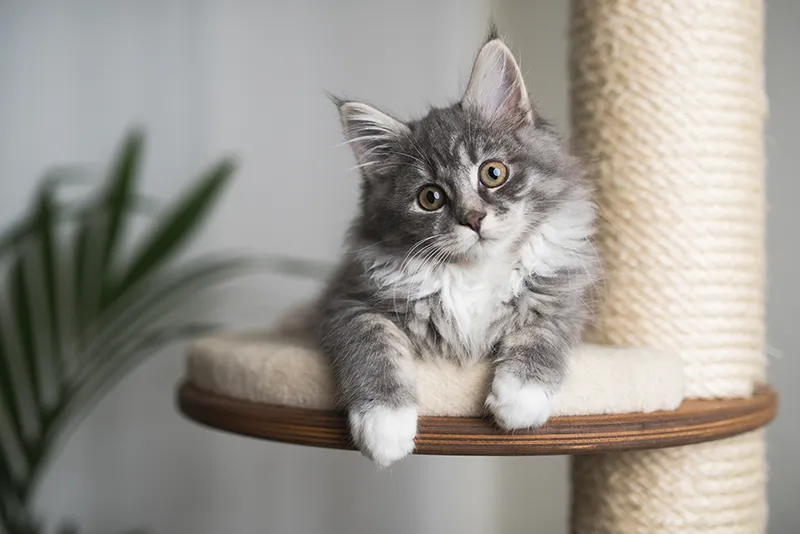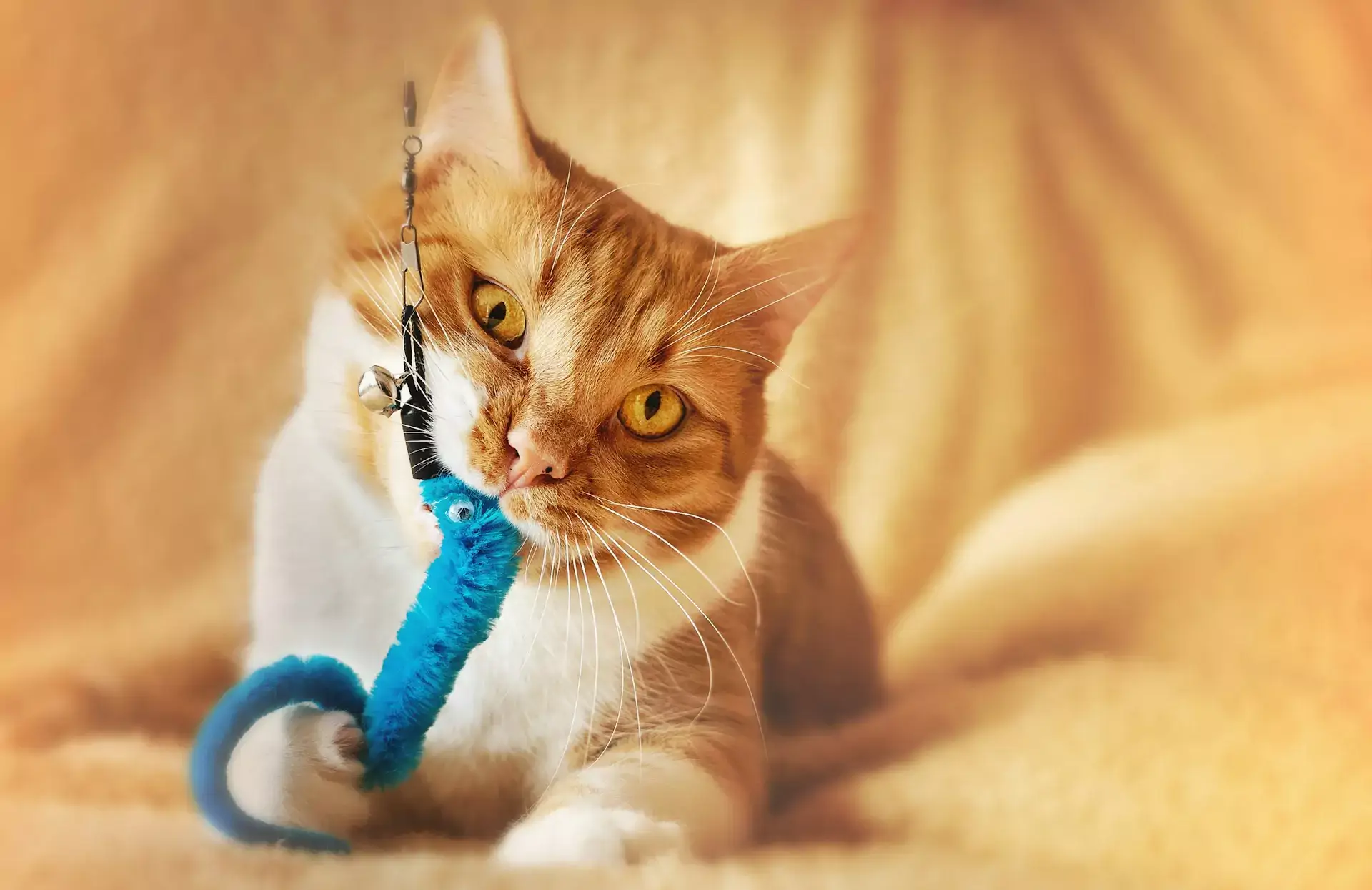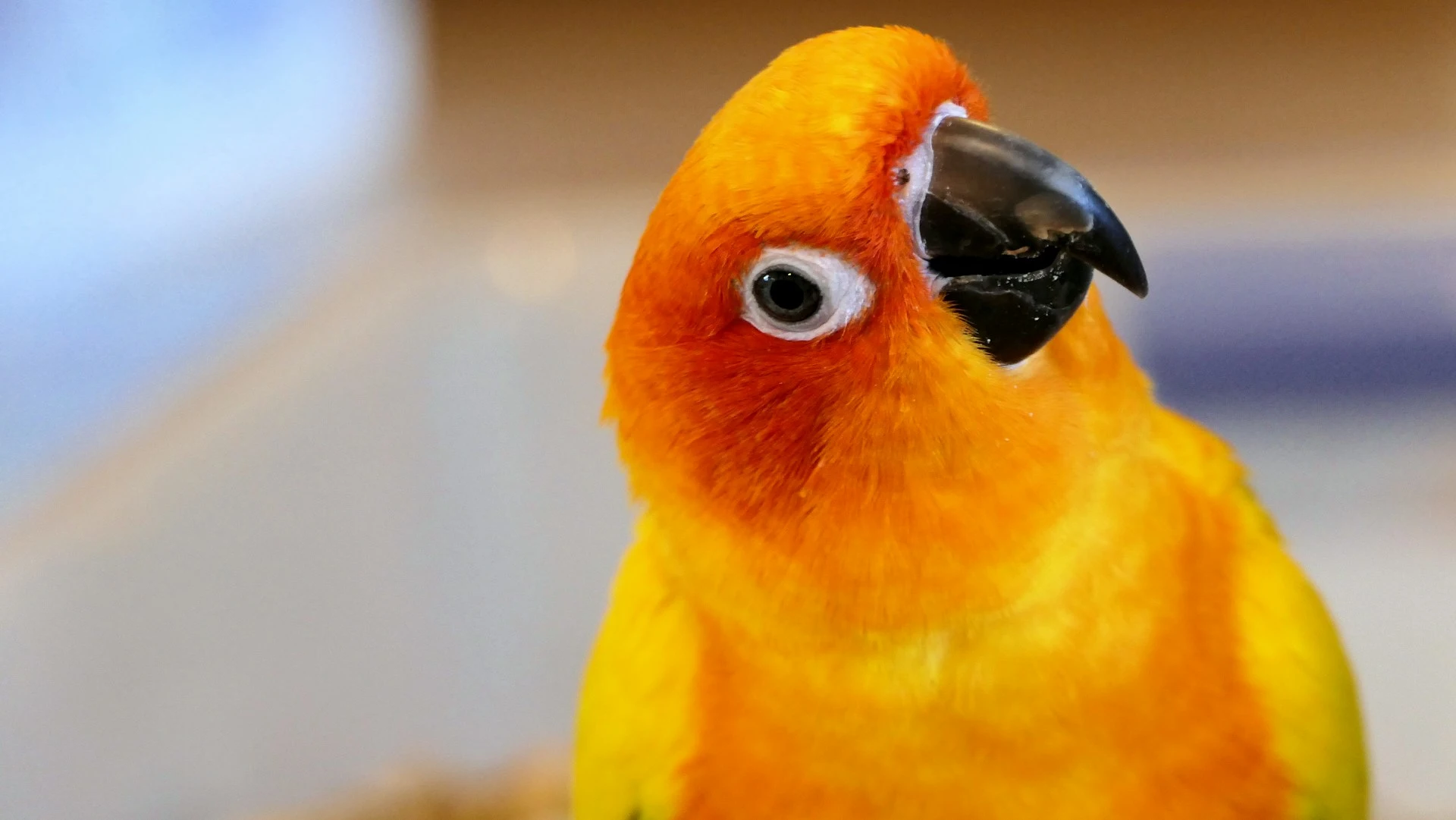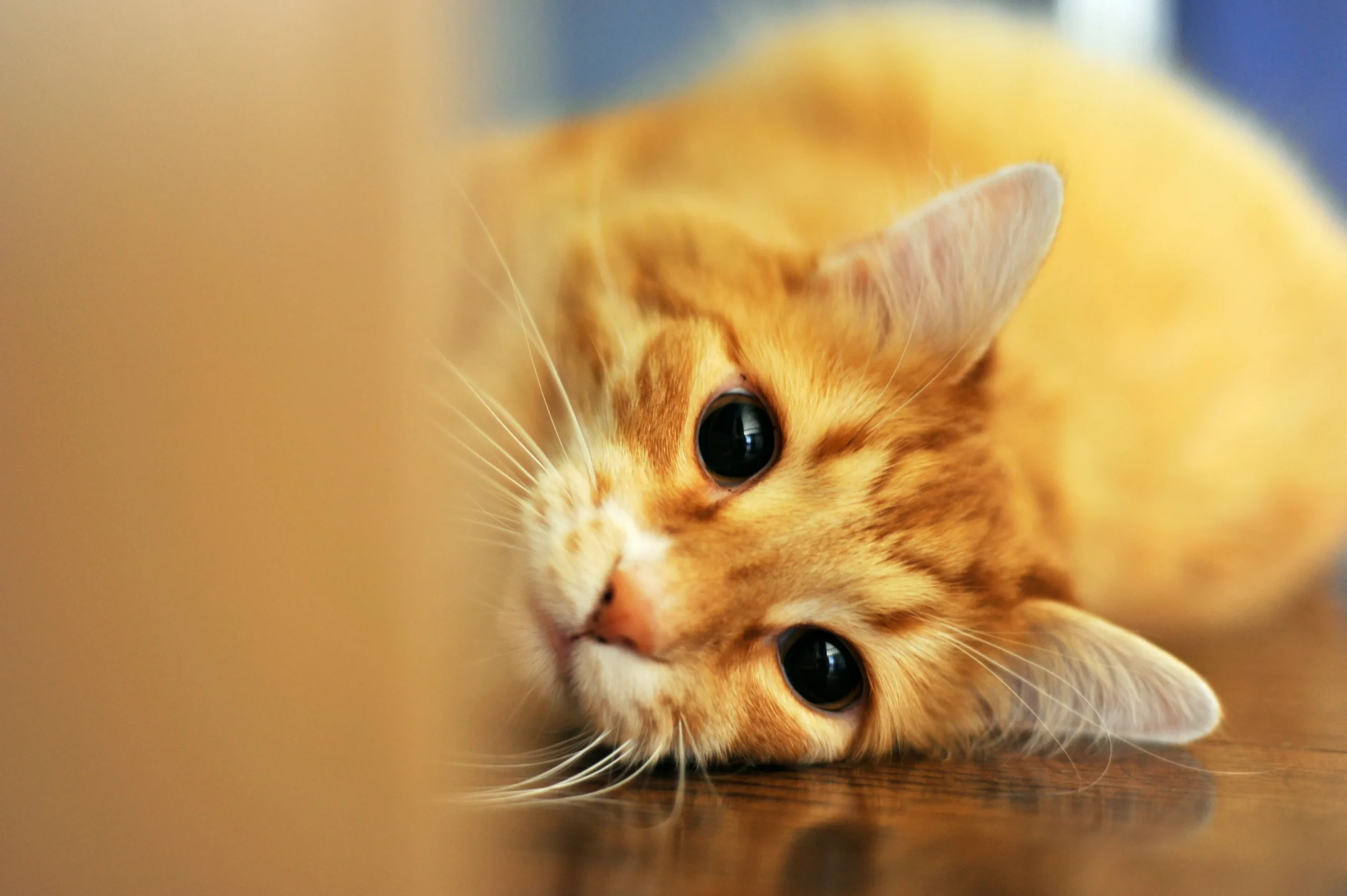When it comes to exotic pets, few are as captivating as the axolotl. Proper axolotl care is essential for maintaining the health and happiness of these unique amphibians. Native to the lake complex of Xochimilco near Mexico City, axolotls are not your typical pet. They require specific water conditions, temperatures, and diets to thrive in captivity. Unlike other amphibians, axolotls spend their entire lives in water, necessitating a well-maintained aquatic environment. This guide will provide you with the fundamental insights into axolotl care, covering everything from the ideal tank setup to their dietary needs, ensuring your aquatic friend leads a healthy and prolonged life. Whether you’re a seasoned aquarist or a curious newcomer, understanding the needs of your axolotl is the first step to becoming a responsible pet owner.
Have you recently realized that axolotls are super cute? If so, you’re not alone. These lovable amphibians are riding a wave of popularity. If you’re considering keeping one, you’ll want to do some research first, as they do have some specific care needs. A Middletown, DE vet offers some basci care information on this adorable little guy below.
Basics
Axolotl care begins with understanding their origins and unique biological characteristics. Originally found in Lake Xochimilco and surrounding canals in the Valley of Mexico, axolotls were first brought to Europe in the 1800s for both pet keeping and scientific research. These amphibians, steeped in history and legend—including tales of the Aztec god Axolotl transforming into a salamander to avoid sacrifice—are technically salamanders but exhibit a rare trait among their kind: they do not undergo metamorphosis. With proper care, axolotls can live up to 15 years and grow over a foot long, making their maintenance a rewarding endeavor for dedicated enthusiasts.
Diet
You can offer your pet a variety of meat, such as bloodworms, frozen brine, and even beef heart. They do prefer live food, so you’ll need to ‘wiggle’ your pet’s dinner to make it look like it’s moving.
Habitat
Axolotl care requires maintaining cool, clean water conditions. You’ll need a properly cycled, good-sized aquarium. For one axolotl, a 15-gallon tank that is wider than it is tall will suffice. The water should be still and maintain a temperature between 60 and 65°F, with pH levels ranging from 6.5 to 8. It is crucial to keep the tank pristine and free from ammonia, nitrates, and nitrites—all of which should consistently register at 0. For the tank setup, sand is a suitable substrate choice. Enhance the habitat with plants, caves, and pots to create ample hiding spaces, and include an air stone to ensure proper oxygenation. For further guidance, consult your veterinarian.
Behavior
Axolotls are not the feistiest exotics: they are usually pretty sedentary, and spend most of their time just relaxing and looking adorable. Keep in mind that these guys are easily stressed out. Being handled, bright lights, poor water quality, and overcrowding can all make them unhappy and uneasy. They’re not extremely social, and can live with or without roommates. Just keep in mind that adults may bully juveniles. Ask your vet for specific care tips.
Essential Axolotl Care in 2025: Health and Habitat Management
What is the recommended feeding schedule for adult and juvenile axolotls?
The feeding schedule for axolotls varies with age. Adult axolotls should be fed every other day, while juveniles require daily feeding to support their growth. Both life stages thrive on a diet that includes live or mimicked live prey, such as bloodworms, frozen brine shrimp, and small pieces of beef heart. It’s crucial to ensure the food is actively moving to stimulate the axolotl’s natural feeding behavior. Adjust portions to maintain healthy growth without overfeeding, as obesity can be a health concern in these amphibians.
What are the signs of stress or illness in axolotls?
Signs of stress or illness in axolotls include changes in behavior, such as excessive movement or lethargy, refusal to eat, and spending too much time at the surface or hiding. Axolotls are sensitive to poor water conditions; high ammonia, nitrite, or nitrate levels can lead to stress or illness. Physical signs may include gill shrinking, curled tail tips, or skin lesions. Bright lighting, overcrowding, or frequent handling can also stress them. It’s essential to maintain clean, cool water and minimize disturbances to prevent stress and related health issues.
How do you acclimate a new axolotl to its aquarium?
To acclimate a new axolotl to its aquarium, float the sealed bag containing the axolotl in the tank for 15-20 minutes to gradually equalize temperatures. Slowly add small amounts of tank water to the bag every few minutes to help the axolotl adjust to the new water conditions. After 30-45 minutes, gently release the axolotl into the tank. Ensure the water temperature is between 60-65°F, with clean, cycled water free from ammonia, nitrates, and nitrites. Provide hiding spots like plants and caves to reduce stress during acclimation.
What are the specific lighting requirements for axolotls?
Axolotls do not have specific lighting requirements and can become easily stressed by bright lights. It is best to avoid direct or strong lighting in their habitat. Instead, ambient or dim lighting is ideal for their environment. If lighting is necessary, it should be low intensity, and the tank should provide hiding spots, such as caves or plants, where the axolotl can retreat from any light exposure. Maintaining a calm and low-stress environment, including minimal light, is crucial for their well-being.
What are the risks and considerations for keeping multiple axolotls together?
When housing multiple axolotls, there are several risks and considerations to keep in mind. Adult axolotls can become territorial and may bully juveniles, leading to stress or injury. They are sensitive creatures, and overcrowding can cause stress, impacting their health and well-being. Water quality must be carefully monitored, as ammonia, nitrates, and nitrites must be kept at zero to prevent health issues. Poor water conditions, combined with stress from roommates, can harm their delicate systems. It’s essential to provide ample hiding spaces and consult a vet for specific care guidelines.
Do you have questions about pet care? Contact us, your Middletown, DE animal clinic, anytime!







!Social Media Icons